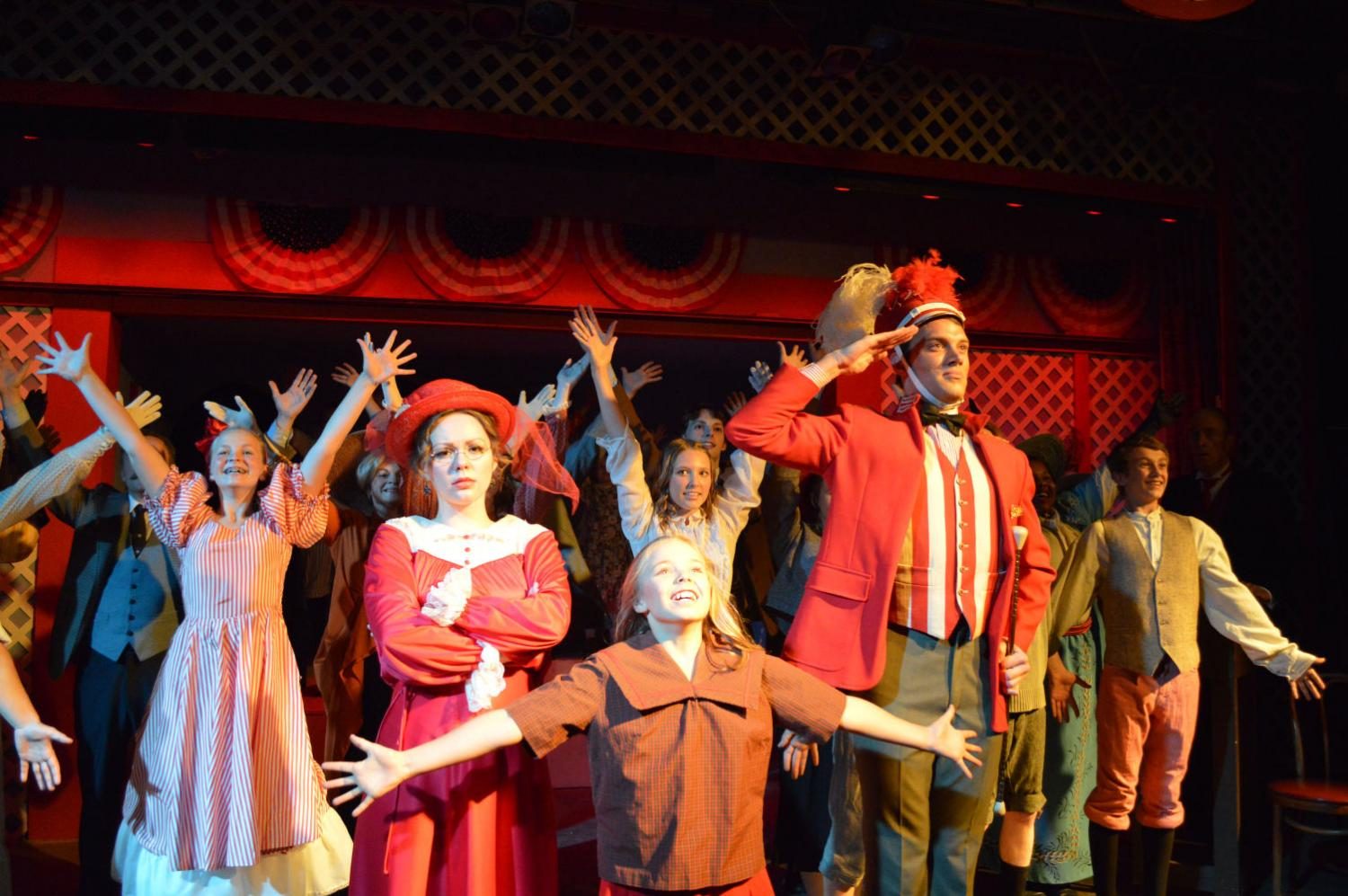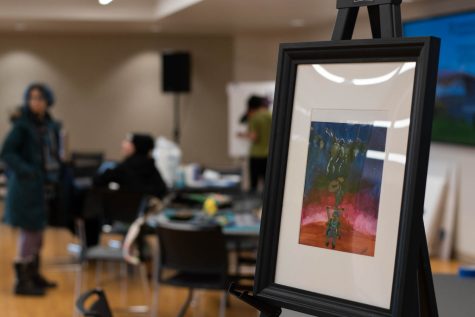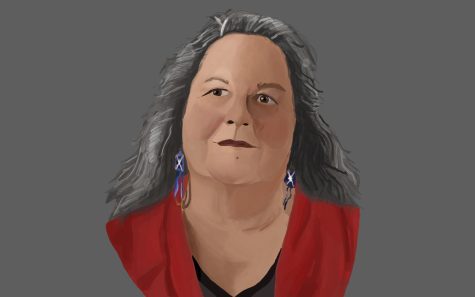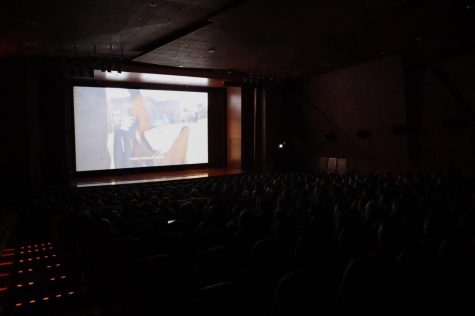RTOP presents final performances for “The Music Man”
August 22, 2014
A swindler and a local librarian aren’t exactly a picture-perfect couple, but try telling that to Marian and Harold from “The Music Man.” Portrayed by real-life couple Bethany and Paul Hanes, these unlikely lovers portray both the deep and comedic sides of a love story.
Upbeat music from River City, Iowa, teaches people to take time to look beyond the face of a person and know the life they came from in “The Music Man,” showing at Pullman’s Regional Theatre of the Palouse (RTOP) through Aug. 24.
Written by Meredith Willson, the story is set in 1912 and tells of a professor named Harold Hill who comes to River City with the prospect of creating a boy’s band with the youths in the town.
“He tries to convince the people they need the band to keep (the boys) away from the pool table,” said Paul Hanes, who plays Harold.
There’s only one problem: Harold is a con man who doesn’t even know how to teach music. His only purpose is to get the children enrolled and sell them instruments and uniforms, said Bethany Hanes, playing the role of Marian Paroo, the local librarian and music teacher.
“While he has the town hoodwinked, the local music teacher is a little skeptical,” Bethany said.
The show is described as having a little bit of everything, from comedic one-liners to romantic Hollywood ballads and a lighthearted story with an underlying serious tone.
Lauren Fins, playing the role of the mayor’s wife Eulalie Mackecknie Shinn, described the songs as clever and said the show itself has stood the test of time. Even after 50 years since its first showing it’s still a popular show, she said.
“It’s a lovely romantic comedy with amazing songs and great music,” Fins said. “It’s a classic of musical theater.”
The music is very band focused with upbeat and cheerful songs showing a mix of Dixieland and ragtime, Paul said. Dance numbers range from synchronized marching to complex movements across the stage.
“The Music Man” can be called a very nostalgic piece, Paul said, especially for some senior citizens in the audience. A lot of the props mentioned in the script were things one would typically see in early 1900s America. Among them: the Wells Fargo wagon.
“River City is almost a caricature of what we think is small town rural America, especially in this time period,” said Tony Luetkenhaus, the set and lighting designer for the show.
Luetkenhaus and director John Rich both worked with “The Music Man” multiple times before, which gave them the background knowledge and research needed to create the set. But Luetkenhaus said from the design standpoint, the set was difficult to work with.
“It’s one of those productions that looks very simple from an audience perspective if done well,” Luetkenhaus said. “To do it well is very difficult because it’s so detail oriented.”
One of the details is the multiple locations that only appear once in the whole show, such as the train car in the opening scene. And, similarly to RTOP’s previous production of “Les Misérables,” the directors needed to fit a large show on a small stage.
“The more you practice the more you’re able to move from one place to another without bumping (into people),” Fins said.
Harold is a good example of this; the character has his moments of over-the-top flamboyance that plays homage to the days when con men used a lot more theatrics in order to sell their goods to the people.
“He sells most of his stuff just by being that powerful character and having that much charisma,” Paul said. “People are drawn to the force of his charm.”
In comparison, Marian is more closed off and very suspicious of the professor. While the townsfolk believe she is a loose woman, this view comes from gossip and rumors started by some of the other women, Bethany said.
This proves to be untrue, following one of the key themes in the play about looking into a person’s past. Marion, for example, lost her father several years ago and had to take up the job herself to care for her family.
“Marion comes across as harsh (when) really she dreams of love and romance, like any woman would,” Bethany said.
The story of “The Music Man” has music with an up-tempo 1920s feel while also looking at the serious side of a character, as shown through the growth of the characters throughout the show. Audiences have had positive responses, and Bethany said they add a lot more energy to the show.
“I really love working with RTOP specifically,” Paul said. “Very professional people but they still know how to have fun.”
Show times and ticket prices can be found at www.rtoptheatre.org.






















